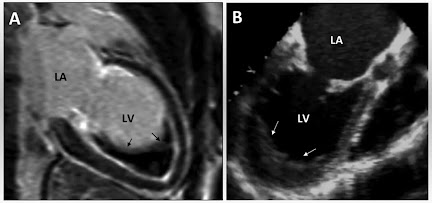Definition – Metaplasia is a reversible condition in which one
type of epithelial or mesenchymal adult cells convert into another type of
epithelial or mesenchymal cells, usually in response to abnormal stimuli and it
reverts back after removal of stimulus. If stimulus persists for long time then
metaplasia convert into dysplasia and further convert into cancer.
Types – (1) Epithelial metaplasia (2) Mesenchymal metaplasia
1. Epithelial metaplasia – This is the more common type in which
metaplastic changes may be patchy or diffuse and usually replaced by stronger
but less well-specialised epithelium. There are two types of epithelial
metaplasia…
A. SQUAMOUS METAPLASIA – It is caused by chronic irritation that may be
mechanical, chemical or infective in origin. Some common examples…
- In bronchus (normally lined by pseudostratified columnar ciliated epithelium) in chronic smokers.
- In uterine endocervix (normally lined by simple columnar epithelium) in prolapsed of the uterus and in old age.
- In gallbladder (normally lined by simple columnar epithelium) in chronic cholecystitis and cholelithiasis.
- In prostate (ducts normally lined by simple columnar epithelium) in chronic prostatitis and oestrogen therapy.
- In renal pelvis and urinary bladder (normally lined by transitional epithelium) in chronic infection and stones.
- In vitamin A deficiency (xerophthalmia) in nose, bronchi, urinary tract, lacrimal and salivary glands.
B. COLUMNAR METAPLASIA – There are some conditions in which there is
transformation to columnar epithelium. For example_
- Intestinal metaplasia in healed chronic gastric ulcer.
- Columnar metaplasia in Barrett’s oesophagus (change squamous to columnar epithelium).
- Pseudostratified ciliated columnar epithelium change into columnar epithelium in chronic bronchitis and bronchiectasis.
2. Mesenchymal metaplasia – Less often, there is transformation
of one adult type of mesenchymal tissue to another. There is two types
A. OSSEOUS METAPLASIA – Formation of bone in fibrous tissue,
cartilage and myxoid tissue. Examples…
- In arterial wall in old age (Monckeberg’s medial calcific sclerosis).
- In soft tissues in myositis ossificans.
- In cartilage of larynx and bronchi in elderly people.
- In scar of chronic inflammation of prolonged duration.
B. CARTILAGINOUS METAPLASIA – It may occur in healing of fractures,
where there is undue mobility.
 |
| Differences between Metaplasia and Dysplasia |
Similar Posts -






No comments:
Post a Comment
Please do not enter any spam link in the comment box